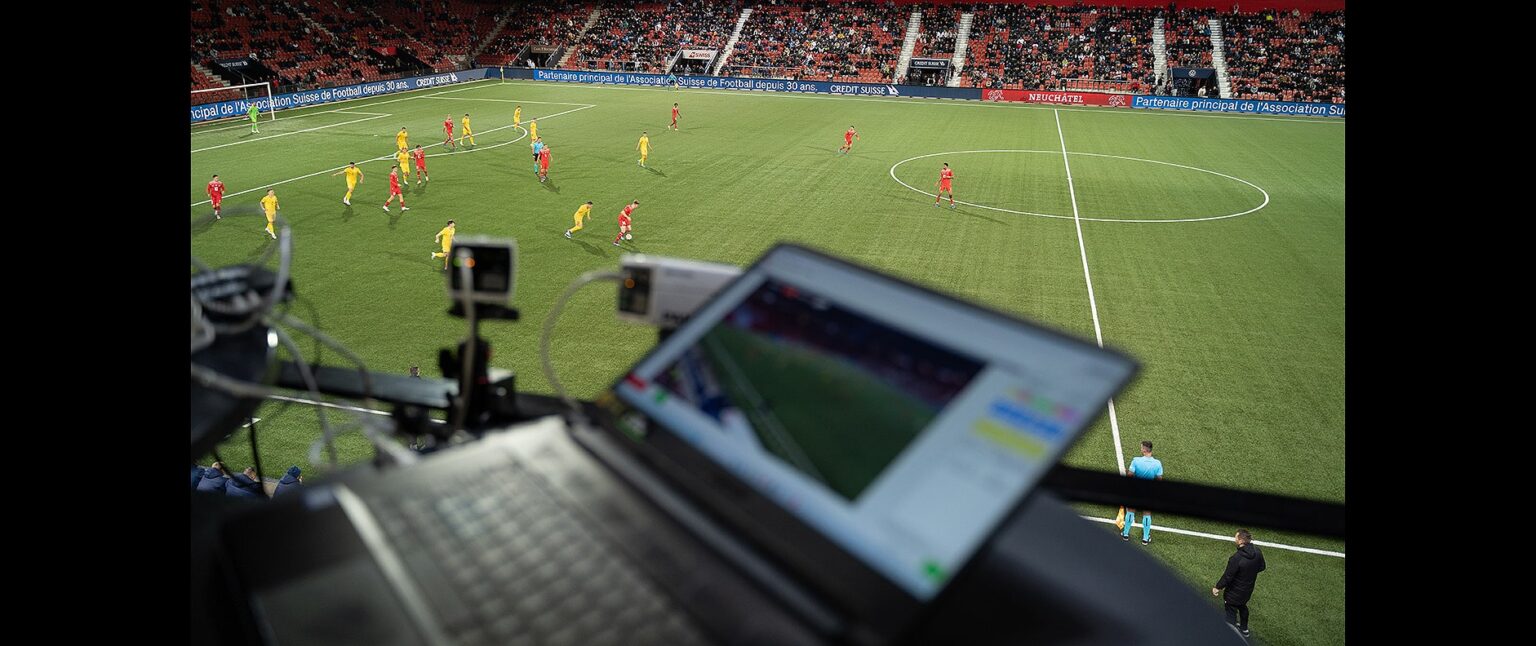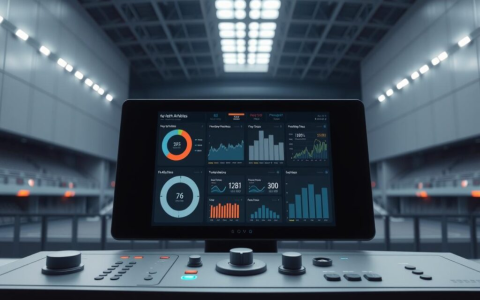# INTRODUCTION: WHY FOOTBALL ANALYTICS SOFTWARE MATTERS NOW
Football has evolved far beyond what you see on the pitch. Today, winning isn’t just about skill or passion—you also need data. That’s exactly where football analytics software enters the game. With clubs of all sizes seeking an edge, the right tech can mean the difference between victory and defeat. But with dozens of options and technical jargon everywhere, how do you choose the platform that genuinely helps your team?
# WHAT IS FOOTBALL ANALYTICS SOFTWARE? UNLOCKING THE CORE FEATURES
First, let’s get something clear. Football analytics software refers to digital platforms designed to collect, analyze, and visualize in-game data. Coaches, scouts, and even fans use these tools for everything from player evaluation to tactical planning.
Top features usually include:
– Real-time data capture (player movement, passes, shots)
– Advanced performance metrics (Expected Goals, heatmaps, sprint speed)
– Customizable dashboards for trends and visualizations
– Integration with video analysis tools
– Cloud-based sharing for collaboration

According to a 2023 report from Grand View Research, the global sports analytics market was valued at USD 2.5 billion, and football accounted for over 31 percent of industry usage (SOURCE: Grand View Research).
# TYPES OF FOOTBALL ANALYTICS SOFTWARE: CHOOSING WHAT FITS
So, how do they differ? Here’s an at-a-glance comparison of two popular software options:
| Software | Main Focus | Best For | Key Feature |
|---|---|---|---|
| Hudl | Video + Performance Analytics | Coaches, Elite Players | In-depth video breakdowns with stat overlays |
| StatsBomb | Deep Data Science | Analysts, Data Scientists | Proprietary event data and advanced metrics |
Some tools are tailored for tracking player wellness and fitness, while others zoom into tactical metrics or video integration. It’s important to define your team’s needs before you commit.
# STEP-BY-STEP GUIDE: HOW TO SELECT THE RIGHT FOOTBALL ANALYTICS SOFTWARE
Ready to make a choice? Here’s a practical step-by-step game plan:
1. ASSESS YOUR OBJECTIVES – Are you focused on player recruitment, tactical adjustments, or injury prevention?
2. EVALUATE USER INTERFACE – Demo several platforms. Is the dashboard clear? Can non-techies pick it up fast?
3. CHECK DATA SOURCES – Reliable analytics depend on accurate data. Make sure your provider collects data from credible matches or sensors.
4. VERIFY INTEGRATIONS – Confirm the software works with your existing video tools, GPS trackers, or databases.
5. COMPARE COST AND VALUE – Balance your budget with what features you actually need. More expensive doesn’t always mean better.
For medium-sized clubs, our team often recommends starting with basic tier packages, then scaling as needs grow.
# EXPERT CASE STUDY: TRANSFORMING MID-TABLE TEAMS
Here’s a reality check—analytics aren’t just for elite clubs. In 2022, English League One club Lincoln City adopted football analytics software to refine their pressing style. They focused on real-time player tracking and post-match heatmap reviews, leading to a 12 percent uptick in ball recoveries and a climb up the table (SOURCE: BBC Sport).
From my own experience consulting with local youth teams, the biggest early win is adjusting training loads based on workload data. Coaches discovered which players needed rest, reducing overuse injuries by nearly 20 percent in the first season.
# COMMON PITFALLS AND WHAT TO AVOID
ATTENTION: COMMON MISTAKES TEAMS MAKE
– IGNORING TRAINING – Failing to train staff on software means data gets ignored or misused.
– CHOOSING OVERCOMPLEX SYSTEMS – Some software packs in hundreds of metrics, but if your coaches can’t interpret them, they’re wasted.
– DATA OVERLOAD – More data isn’t always better. Focus on the stats that link directly to your tactical questions.
– NEGLECTING PRIVACY – Always verify compliance with regulations before collecting or sharing player data.
# ADVANCED TRENDS IN FOOTBALL ANALYTICS SOFTWARE
The landscape is moving at warp speed. AI-powered scouting, predictive injury models, and even instant match simulations are now mainstream features. According to Statista, 58 percent of professional teams in top European leagues plan to increase their football analytics budgets by 2025 (SOURCE: Statista).
What’s next? Real-time decision aids during matches and advanced video annotation—the future is already knocking.
# ACTIONABLE CHECKLIST: YOUR FOOTBALL ANALYTICS SOFTWARE GAMEPLAN
– CLARIFY TEAM OBJECTIVES
– CONSULT BOTH COACHING AND DATA STAFF
– SHORTLIST SOFTWARE BASED ON RELEVANT FEATURES
– REQUEST DEMOS AND TEST INTERFACES
– VERIFY DATA SOURCE ACCURACY
– ENSURE PRIVACY & DATA COMPLIANCE
– ANALYZE PRICING VS. VALUE OFFERED
– TRAIN YOUR STAFF THOROUGHLY
– MONITOR IMPACT AND ADJUST USAGE
– REGULARLY REVIEW NEW FEATURES AND TRENDS
# CONCLUSION: WHY NOW IS THE TIME TO ACT
The era of guesswork in football is over—analytics is the new frontier. Whether you’re trying to win at the elite or grassroots level, the right football analytics software will help you unlock insights, avoid common mistakes, and out-play the competition. Don’t wait. The teams who leverage data now are the teams winning tomorrow.







































